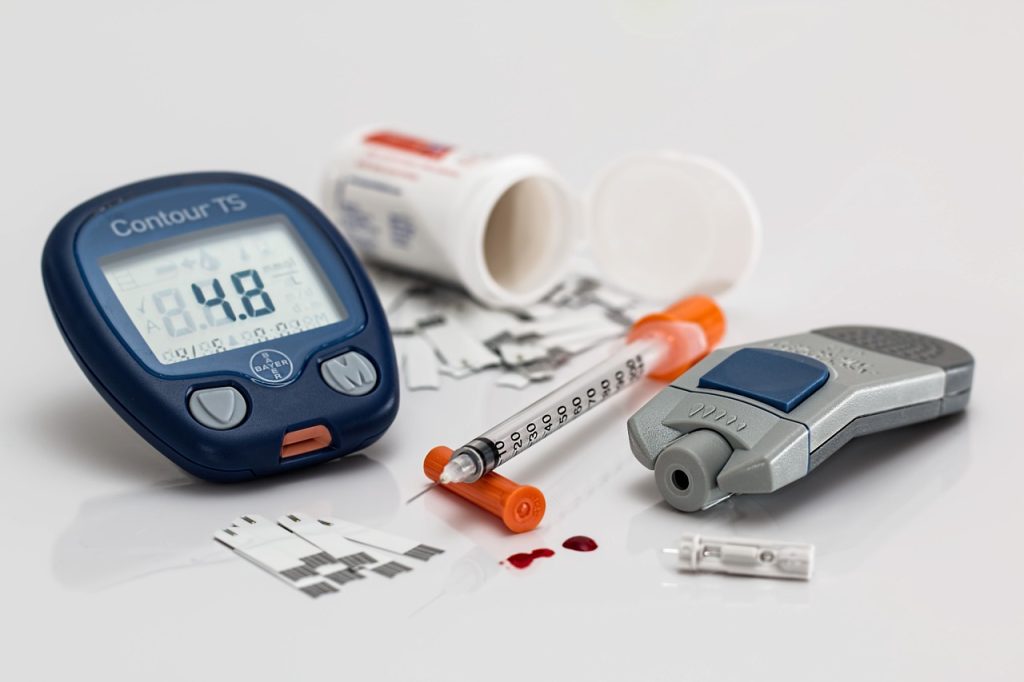
A new study published in the journal Heliyon found that people older than 45 whose Type 2 diabetes (T2D) was treated with anti-hyperglycaemic drugs had an increased risk of multiple sclerosis (MS), especially women, while the reverse was true in under 45s.
“Our findings reinforce the need for a precision medicine approach to preventing MS in these vulnerable populations,” said lead researcher Kathleen Rodgers, PhD, associate director of translational neuroscience at the Center for Innovation in Brain Science.
Multiple sclerosis (MS) is an unpredictable autoimmune neurological disorder that affects the central nervous system and leads to severe physical and cognitive disability. It is estimated that more than 2.8 million worldwide are living with MS.
For people with T2D, growing evidence links metabolic disorders and MS through a common driver of increased autoimmunity. This brings into question the impact of anti-hyperglycaemic therapeutics used to treat T2D, including insulin, on the incidence of MS.
“Previous research has shown a neuroprotective effect of anti-hyperglycaemic medications in Alzheimer’s disease and other related dementias,” Dr Rodgers said. “For MS, we wanted to further examine age and sex differences, particularly among men and women under 45 with Type 2 diabetes.”
They found that men older than 45 years old had a slightly significant increase of MS risk and women older than 45 years exhibited a significant increase in MS incidence after anti-hyperglycaemic exposure. In addition to age differences, the risk analysis by drug class showed that exposure to insulin in patients older than 45 years old was associated with a greater increased risk compared with other therapies.
In patients younger than 45, anti-hyperglycaemic exposure was protective against the development of MS.
The study drew on a US-based insurance claims database of 151 million participants to identify more than 5 million patients with a diagnosis of T2D and either early-onset or late-onset MS. Researchers segmented the data by age – T2D diagnosis before or after age 45 – and sex to decode the factors driving MS risk in both populations, especially in women over 45 years of age.

